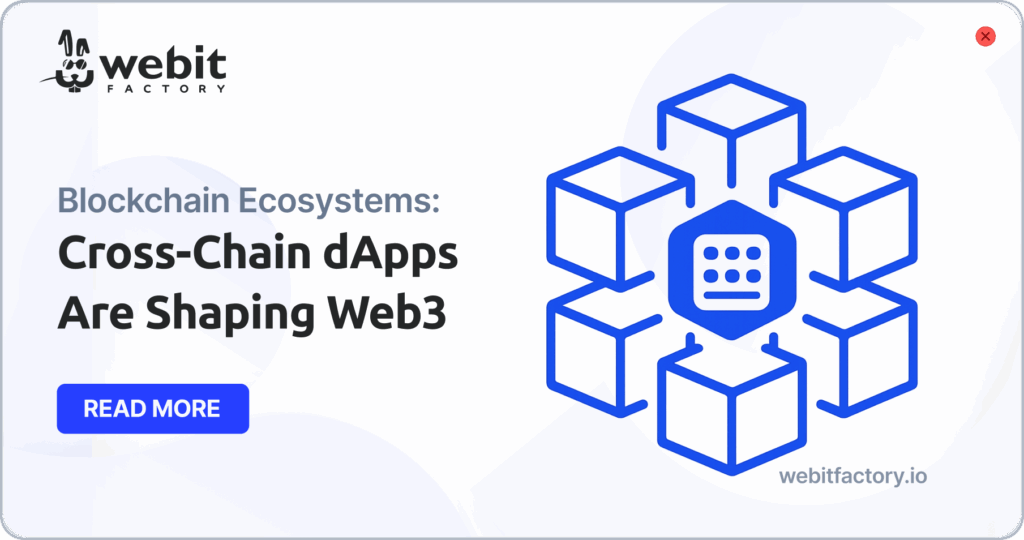Blockchain technology is rapidly shaping the future of the digital economy, yet faces inherent challenges in balancing decentralization, security, and scalability. Scaling Solutions delves into these challenges and explores the innovative approaches that are propelling blockchain to new heights. From Layer-1 to Layer-2 solutions, this blog post unpacks the intricacies behind blockchain scalability and its importance in competing with existing systems.
“Blockchain’s challenge is like a puzzle, but with Layer-1 and Layer-2, we’re finding the right pieces to complete the picture.”
The Blockchain Trilemma: Decentralization, Security, and Scalability
Blockchain technology is celebrated for its decentralized nature and robust security. But with these strengths comes the challenge known as the “Blockchain Trilemma”. This section unravels the complex relationship between decentralization, security, and scalability. It emphasizes the need for blockchain networks to match or surpass transactional capacities of traditional systems, like Visa, to ensure blockchain’s viability in the long run.

- Decentralization: A system where operations and decisions are spread out across multiple nodes or participants rather than being controlled by a single central authority. Instead of having a single bank control and verify all transactions, in decentralized systems like Bitcoin, transactions are verified by multiple independent participants (nodes) across the network.
- Security: Measures and protocols implemented to protect a system or network against unauthorized access, hacks, and malicious attacks. Using cryptographic techniques, blockchain transactions are secured so that once a block is added to the chain, it’s nearly impossible to alter without altering all subsequent blocks, which would require the consensus of the majority of the network.
- Scalability: The capacity of a system to handle an increased load or volume of operations without compromising performance or efficiency. Visa’s transaction system can handle thousands of transactions per second (TPS), showcasing high scalability, while early versions of Bitcoin could only process around 4-7 TPS. Scaling solutions aim to improve such limitations in blockchain networks.
Layer-1 Scaling Solutions: Amplifying Blockchain Capacity
Layer-1 scaling solutions serve as the foundation of blockchain’s scalability. These solutions integrate directly into the protocol’s base layer, enhancing transactional capacity and accommodating more users. Whether it’s by adjusting data in each block or accelerating block validation rates, Layer-1 solutions are pushing the boundaries of what blockchain networks can achieve in terms of performance.
Layer-2 Scaling Solutions: Transaction Efficiency
While Layer-1 solutions adjust the foundational layer, Layer-2 scaling solutions operate on top of existing blockchain protocols. By offloading a significant chunk of the transactional weight to adjacent systems, they boost scalability and efficiency. Examples like the Lightning Network on Bitcoin demonstrate the potential of Layer-2 solutions in enhancing blockchain’s performance. Combined, Layer-1 and Layer-2 solutions are guiding the blockchain industry towards optimal scalability, ensuring the technology remains competitive and relevant.
Key Insights: Blockchain's Next Scalability Phase
Understanding the essence of scaling solutions and their impact on the blockchain ecosystem is crucial. Here are some pivotal points to consider:
Blockchain Trilemma
Layer-1 Solutions
Layer-2 Solutions
Combined Approach

“Layer-1 and Layer-2 are like the turbo boosters for blockchain, powering it up for the next big leap?”
Layer 1 and Layer 2 Scaling Solutions Summary
Blockchain technology, while revolutionary, is not without its challenges.
The “Blockchain Trilemma” underscores the intricate balancing act required to harmonize decentralization, security, and scalability.
Yet, with the advent of Layer-1 and Layer-2 scaling solutions, there’s renewed hope and a clear pathway forward. These solutions, individually and collectively, offer promising strategies to bolster transactional capacities, ensuring blockchain remains a competitive force in the digital realm.
As we forge ahead, embracing and innovating these scaling solutions will be pivotal in realizing the full potential of blockchain, making it not just a technological marvel, but a cornerstone of our digital future.
Related Articles

AI Agents Explained in Simple Terms
Discover what AI agents are, how they work, and why intelligent agents are reshaping automation across industries.

AI Solutions for HR That Transform Hiring and Retention
AI solutions for HR are transforming hiring and retention with faster recruitment, better cultural fit, and lower turnover rates.

Cross-Chain dApps Are Shaping Web3
Cross-chain dApps are shaping Web3 by streamlining UX, improving contract monitoring, and bridging fragmented blockchain ecosystems.
